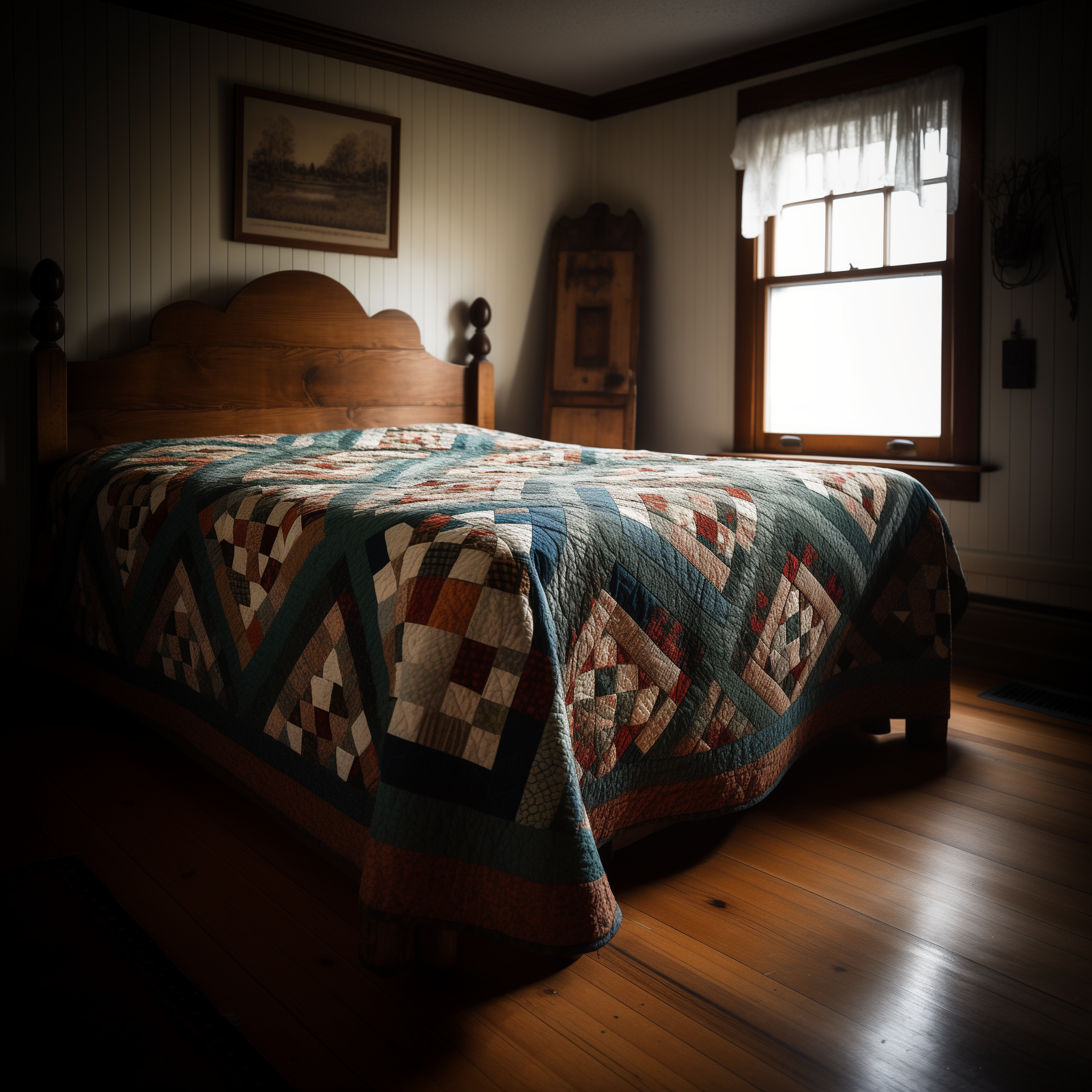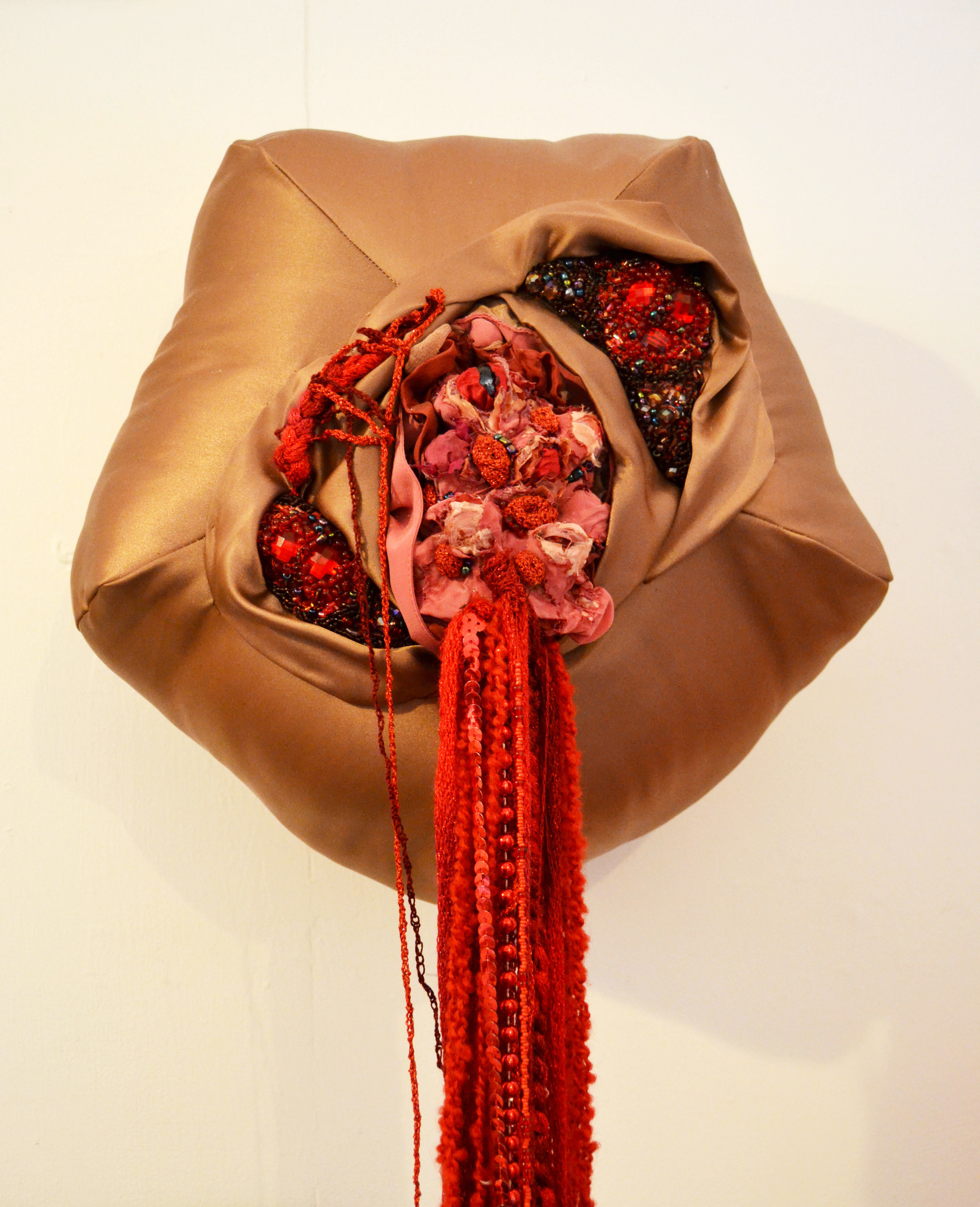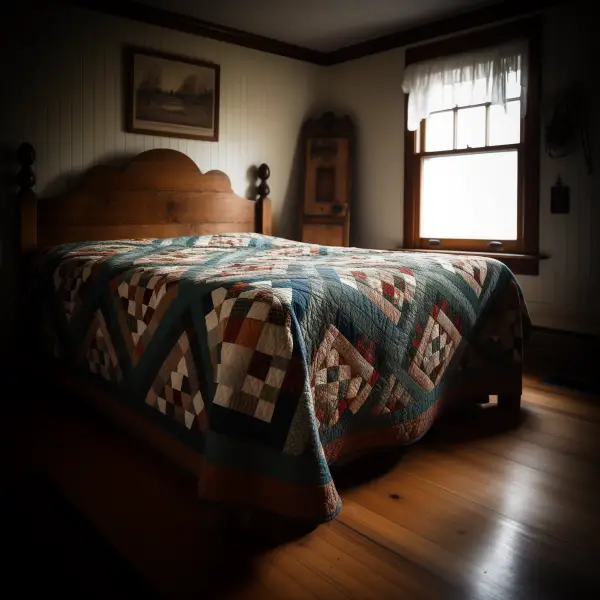
Step into the vibrant world of Amish quilting, a realm where tradition, craftsmanship, and cultural heritage intertwine to create stunning textile art.
Amish quilts stand out for their captivating combination of boldness and simplicity, reflecting a humble, handcrafted tradition. Despite the Amish community’s avoidance of conventional electricity, they often embrace alternative power sources, like air compression, for operating sewing machines.
The essence of Amish quilting predominantly lies in its manual, electricity-free process, showcasing the beauty of handiwork in every stitch. This commitment to handcrafting not only defines the Amish approach to quilting but also adds a unique, authentic charm to each quilt.
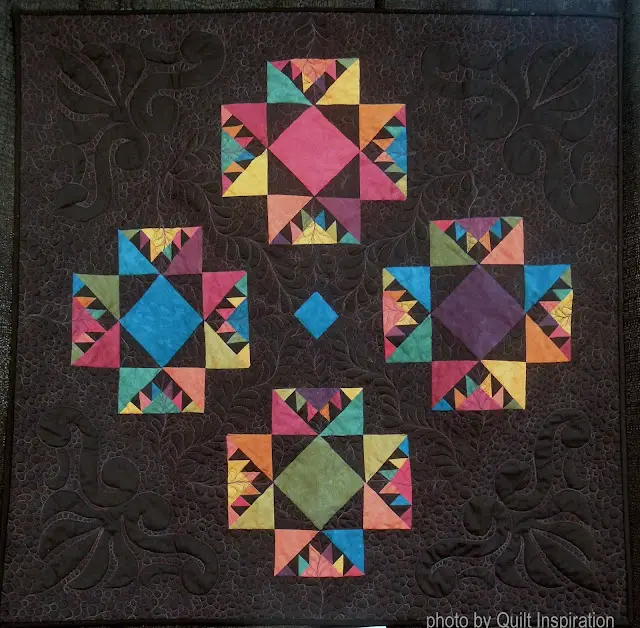
The Amish, a devout religious community predominantly residing in Pennsylvania and Ohio, have a rich tradition in quilting, an art form that emerged around the 1870s. Wendy Hilty of the Amish Outlet Store highlights that prior to this, Amish households commonly used German featherbeds for warmth. The shift to quilting marked a significant cultural transition. Initially, Amish quilts were crafted from leftover fabric scraps from family garments, embodying a resourceful use of materials like wool, cotton, hemp, and flax – all spun and woven by hand.
The fabrics, primarily utilized for clothing, were hand-dyed using natural plant-based dyes, resulting in predominantly dark hues. Interestingly, the Amish’s early foray into quilting often featured whole cloth quilts. This style, possibly an evolution from feather bed covers, showcased intricate hand quilting.
The image below beautifully illustrates an Amish whole cloth quilt, a testament to their skill in creating handwoven, undyed fabric art.
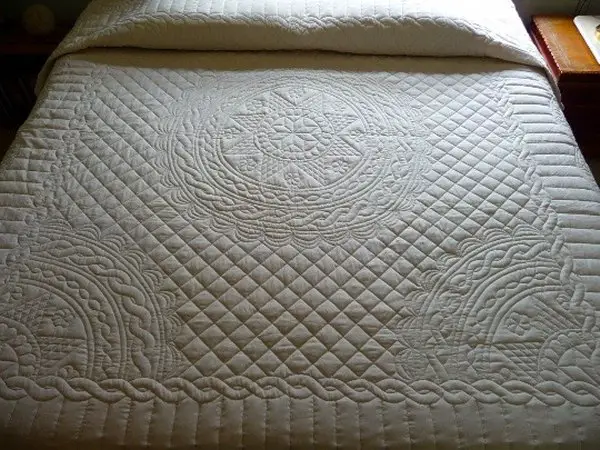
Interestingly enough the old Amish quilts are not always what we assume they would be.
Below is a quilt made in 1875. It is a log cabin design, which was a popular pattern with the Amish. It may well have been darker when it was first made but you can see it is not necessarily what modern society necessarily considers Amish in relationship to really bright colors against black.
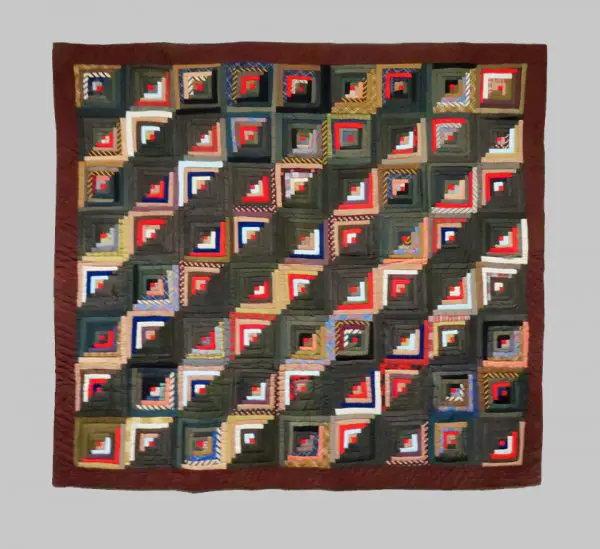
Eventually there came to be the Amish style quilting most people quickly recognize with solid bright colored piecing on a dark background.
The Amish do not normally use prints as they prefer simple humble colors. And, while did not see any reference to true Amish quilts today and their fabrics, I would like to assume they still dye their fabrics with plant dyes which I love as that has been part of my recent endeavours as I spin and weave linen and learn more about plant dyeing!
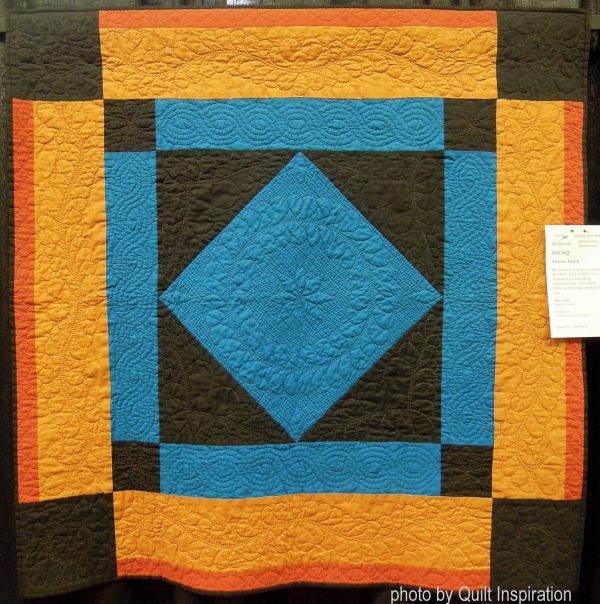
Today there are many many variations of Amish quilts, having obviously inspired a love of simplicity. So lets look at a few!
First up is the Ohio Star quilt pattern, a cornerstone of American quilting history dating back to around the Civil War, is renowned for its classic nine-block structure, featuring squares and quarter-square triangles. Its simplistic yet elegant design offers immense creative flexibility, allowing quilters to experiment with fabric shades and the orientation of triangle corners. This versatility gives rise to various iterations like the Flying Crow and Swamp Angel.
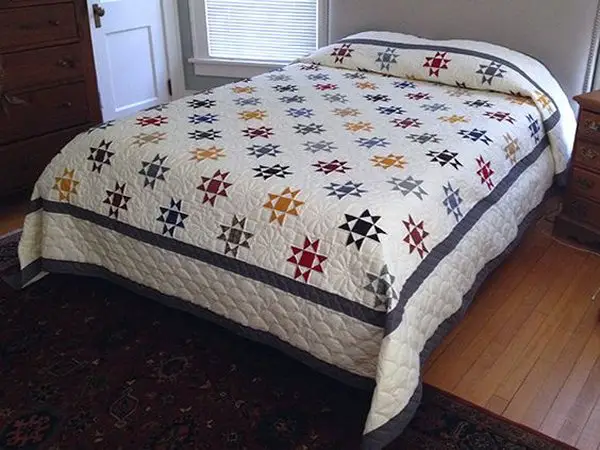
Another common pattern for the Amish is the “Sunshine and Shadow” quilt pattern which stands apart in the quilting world for its unique color choices and piecing patterns.
Utilizing fabrics similar to those in their clothing, these quilts visually represent the Amish community’s distinctiveness and adherence to religious principles. The pattern features small squares of fabric arranged to form concentric rings of brightly colored diamonds, encased in a wide border with large square corner blocks.
Unlike other quilts, the “Sunshine and Shadow” design limits the area for intricate quilting, often featuring simple crosshatched stitching or traditional designs like feather quilting on the wide borders
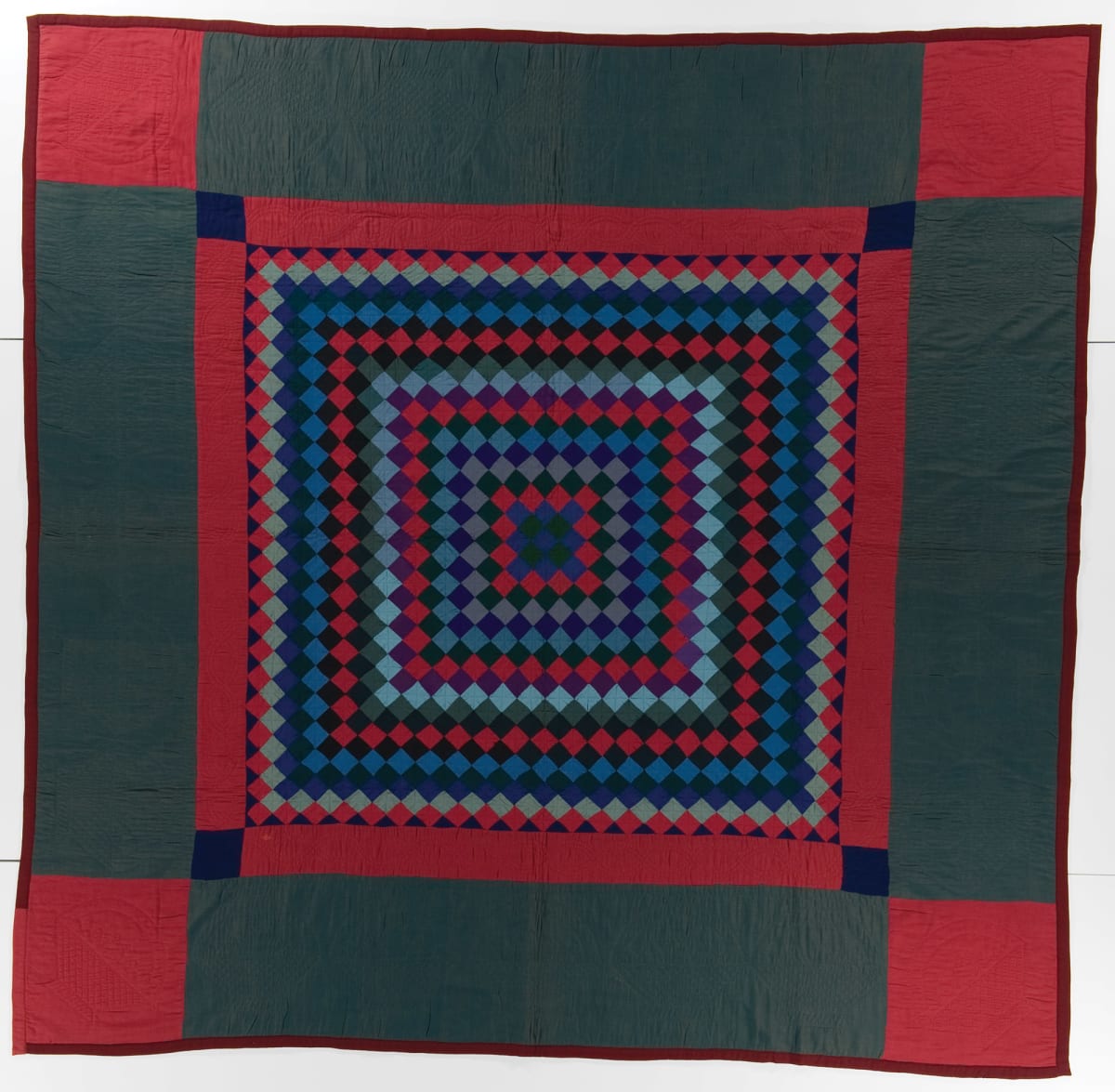
Next is inspired by a miniature Ohio star pattern.
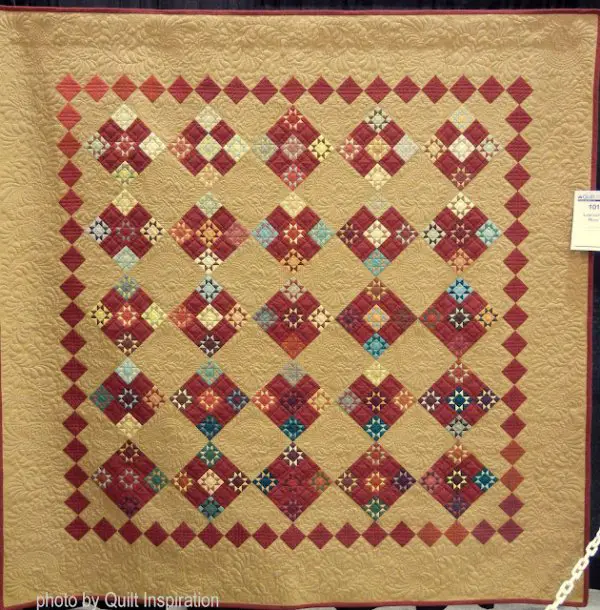
This next one is the Star of Bethlehem done on a white background with vibrant colors.
The Star of Bethlehem quilt pattern holds a special place in Amish quilting, symbolizing both historical continuity and cultural adaptation. Originating from Europe, this pattern is among the few pieced designs that made their way to America, becoming one of the oldest and most cherished patterns in Amish quilting.
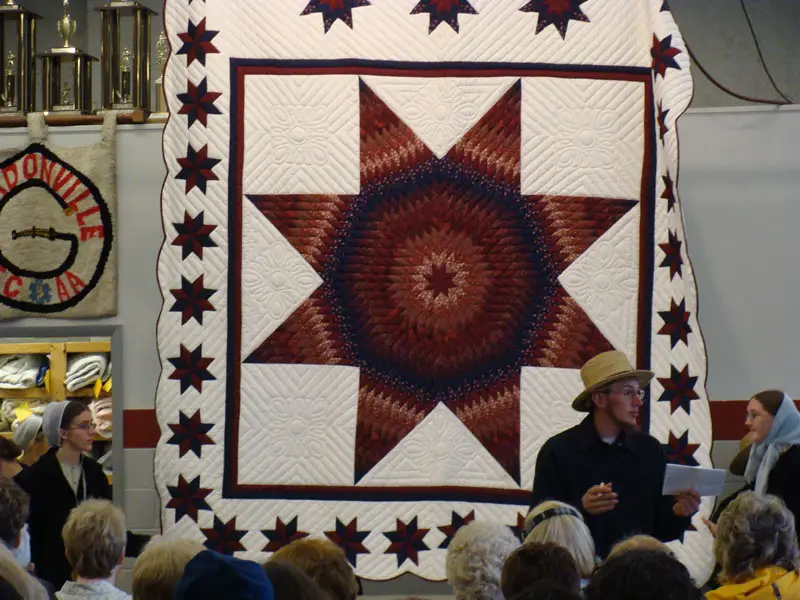
Star patterns in general, including the Star of Bethlehem, hold significant symbolic meaning in Amish culture. They represent concepts such as good fortune, love, hope, harmony, energy, fertility, and protection from fires. Even the number of points on a star can carry specific symbolism, with eight points, for instance, representing abundance and goodwill.
This richness in symbolism adds layers of meaning to the Star of Bethlehem quilt pattern, making it a culturally and spiritually significant design for the Amish community
Here is one of two quilts done primarily in blues with a black background. Despite the tonal similarities, there is fantastic impact from this piece.
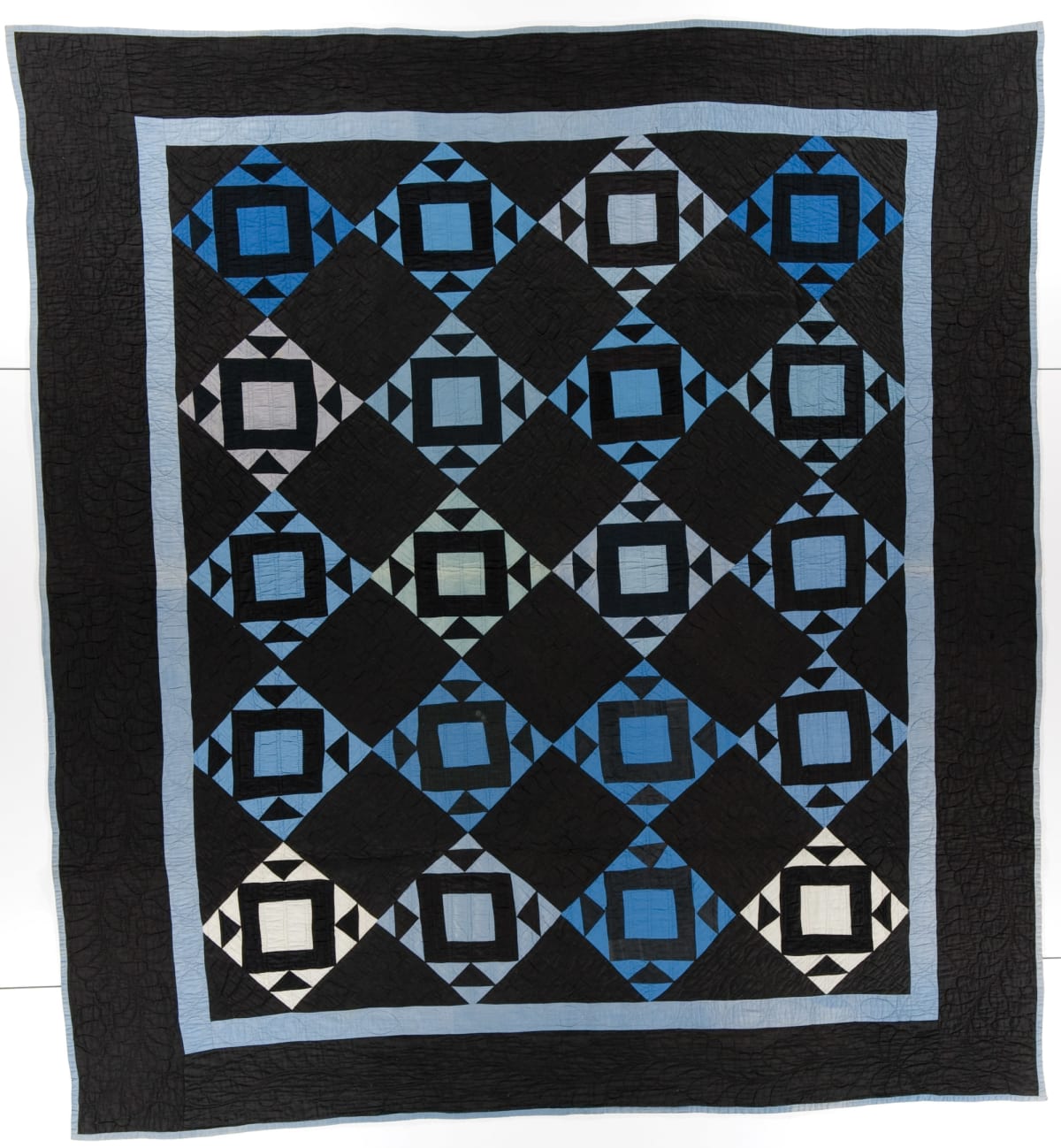
Here is the second, using natural dyed bold colours to deliver a great impact.
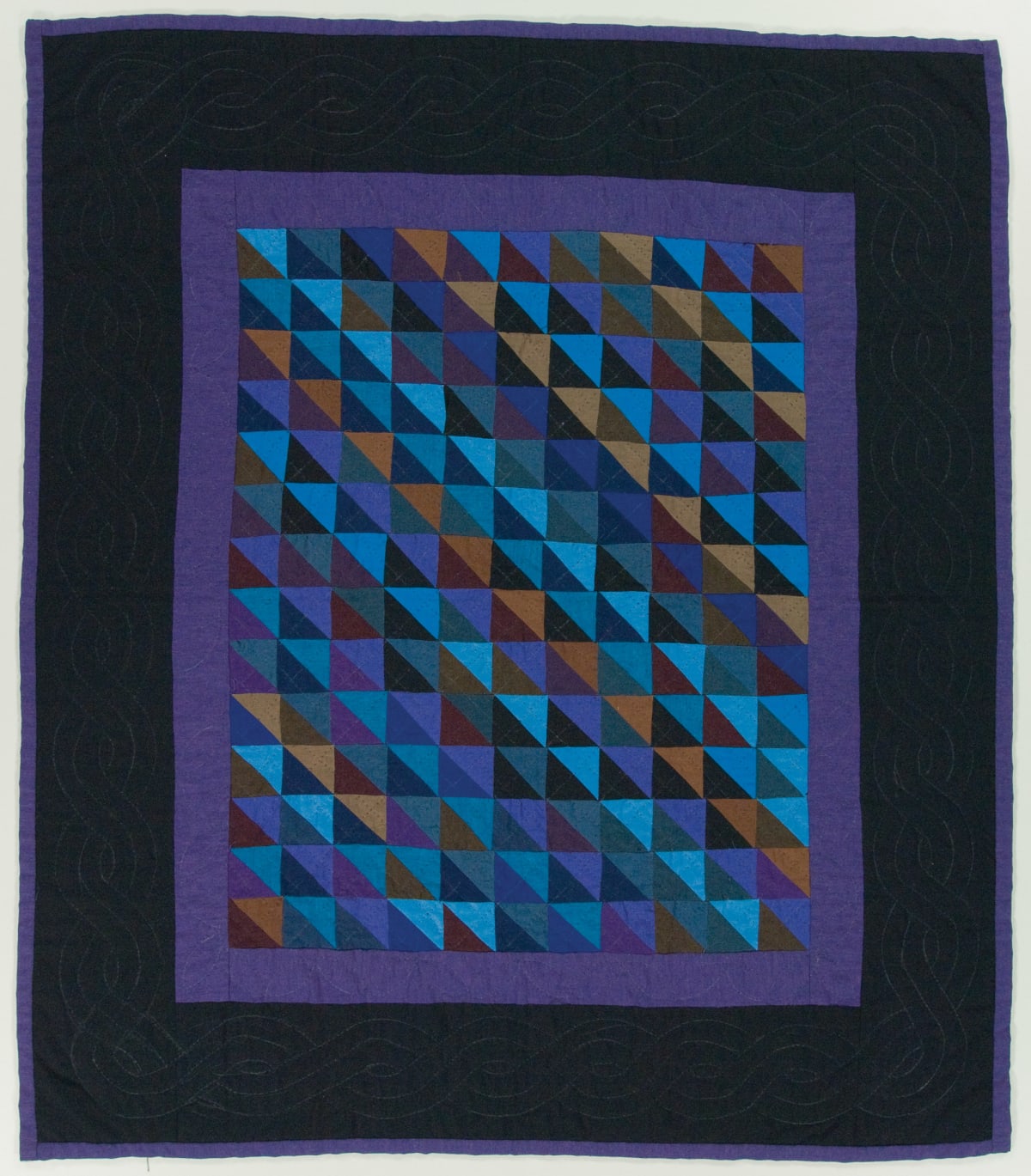
Amish quilting holds immense value within the Amish community, serving as both a cultural touchstone and a means of social bonding. These quilts are not merely functional items for warmth; they are imbued with deeper significance, representing the Amish values of frugality, community, and simplicity.
The practice of quilting offers a social space for Amish women, where they congregate for quilting bees, strengthening community ties and passing down skills and stories to younger generations. These gatherings are pivotal in maintaining the fabric of Amish society, both literally and figuratively.
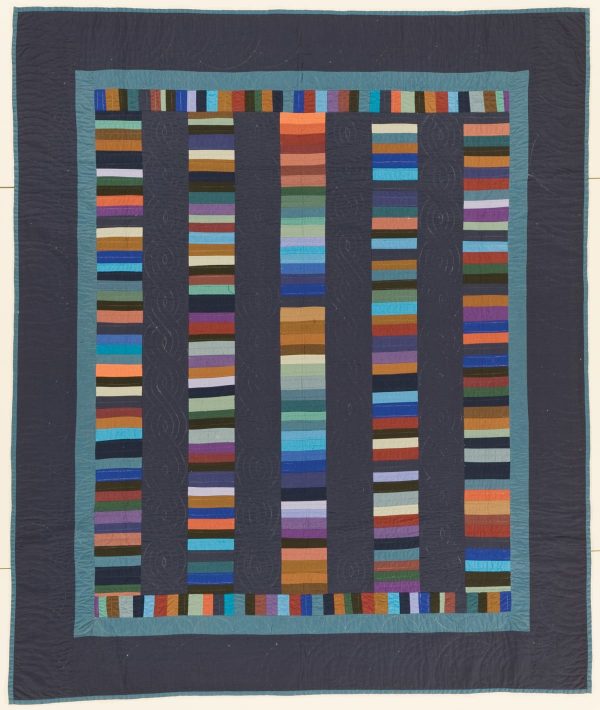
Furthermore, Amish quilts stand as a historical legacy, encapsulating the evolution of the community’s aesthetics and values. Each quilt is a testament to the Amish way of life, showcasing the community’s distinctive approach to design, color, and craftsmanship.
As Amish quilts have gained recognition beyond their community, they have come to symbolize the enduring nature of Amish culture in a rapidly changing world.
These quilts not only preserve a unique artistic heritage but also offer insight into the history and beliefs of the Amish, making them valuable artefacts of cultural and historical significance.
If you enjoy Amish Quilts, then our post on the Oregon Trail Quilts will also tickle you fancy!

